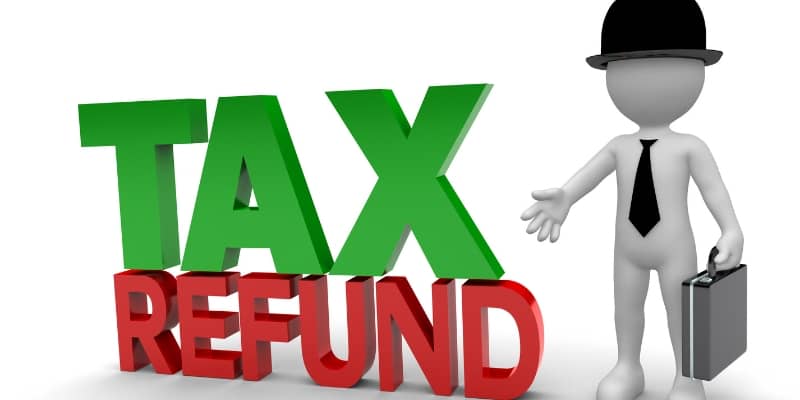When you file your taxes, you either owe money to the government or they owe you money. If you overpay throughout the year, you will get that money back as a tax refund. It can be more or less depending on your circumstances.
If you are expecting a tax refund, you can do a few things with that money. You can save it, invest it, or use it to pay off debt. Whatever you do with it, make sure you are thinking about how you use that money. A tax refund is essentially free money, so make sure you make the most of it!
If you’ve filed your taxes and are expecting a refund, there are a few reasons why this might be the case. The most common cause is that you’ve had too much money withheld from your pay-check throughout the year. When this happens, the IRS hands you back the difference as a refund.
Another reason you might receive a tax refunds is if you’ve made estimates for your deductions throughout the year and you overestimated. This often happens with homeowners who estimate their mortgage interest or property taxes and then find they paid less than they thought. In this case, the IRS will refund any overpayment.
Finally, any significant life changes during the year – such as getting married, having a child, or buying a home – could also affect your taxes and lead to a refund.
If you’re expecting a tax refund this year, there are a few things you can do to prepare. First, make sure you have all the necessary documentation in order. This includes your W-2 forms from each employer and any 1099 forms for other income sources. You’ll also need records of your deductions and expenses.
Once you have everything gathered, you can start preparing your return. If you’re using tax software, it will walk you through the process step-by-step. If you’re doing your taxes by hand, various resources are available to help you fill out the forms correctly.
The most important thing is to be accurate. Ensure all the information on your return is correct, as mistakes could delay your refund or result in an audit. Once you’ve finished preparing your return, double-check it for errors before sending it off. And that’s it! By taking these steps, you can ensure you’re prepared for a tax refund.
If you file your taxes and are expecting a refund, there are several benefits to receiving that money back from the government. For one, it’s like getting an interest-free loan. You had that money but could use it throughout the year instead of giving it to the government upfront.
Another benefit is getting a bigger tax refund if you have children or other dependents. This is because you can claim certain tax credits for each dependent, significantly reducing your overall tax liability.
Finally, receiving a tax refunds can also be an excellent way to force yourself to save money. If you know that you’ll get a certain amount of cash back at the end of the year, you may be more likely to resist the urge to spend it throughout the year. Instead, you can save up for a specific goal or emergency fund.
If you’re expecting a tax refund this year, there are a few things you can do to make sure you get the biggest refund possible. Here are a few tips:


